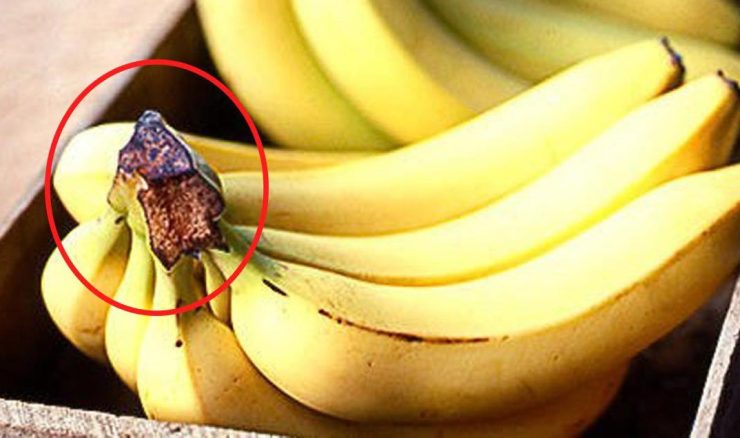Bananas, loved for their sweet taste and nutritional benefits, often find their way into our daily diets. Yet, there’s a part of this fruit that’s commonly discarded without much thought—the banana peel. Surprisingly, this seemingly overlooked portion holds a myriad of valuable uses that might just change the way you view this everyday waste.
Nutritional Value:
Contrary to popular belief, the banana peel isn’t just a tough, inedible covering. It contains various nutrients and compounds beneficial to health:
Fiber: The peel is rich in fiber, aiding in digestion and promoting gut health.
Antioxidants: Packed with antioxidants like polyphenols and carotenoids, banana peels contribute to overall well-being.
Vitamins and Minerals: Potassium, magnesium, and vitamin B6 are present in the peel, offering essential nutrients.
Surprising Uses of Banana Peels:
Skin Care: Rubbing the inside of a banana peel on the skin may help reduce acne, inflammation, and soothe irritation due to its antibacterial and antioxidant properties.
Teeth Whitening: Gently rubbing the peel on teeth for a few minutes might reduce stains and brighten your smile due to the presence of minerals like potassium and magnesium.
Composting: Banana peels are an excellent addition to compost piles, enriching the soil with nutrients and aiding in the decomposition process.
Natural Fertilizer: Dried and ground banana peels can be used as a natural fertilizer, providing potassium, phosphorus, and other essential nutrients for plants.
Shoe Polish: The inner side of a banana peel can be used as a shoe polish alternative for a quick shine.
How to Incorporate Banana Peels:
Smoothies: Adding small pieces of banana peel to smoothies can increase fiber intake without significantly altering the taste.
Cooking: While it’s not common in all cuisines, some recipes involve cooking or pickling banana peels as a savory dish.
DIY Remedies: Create homemade skin care products or teeth-whitening treatments using the inner part of the peel.
Precautions and Considerations:
Pesticides and Contaminants: If using banana peels topically or for consumption, opt for organic bananas or wash thoroughly to reduce exposure to pesticides.
Allergies: Some individuals may have allergies or sensitivities to compounds found in banana peels. It’s advisable to conduct a patch test before using them extensively.
The banana peel, once regarded as mere trash, holds untapped potential and surprising benefits. From enhancing nutrition to providing practical uses in skincare, cleaning, and gardening, this often-discarded part of the fruit deserves recognition for its versatility and value. Instead of tossing it away, consider exploring the various ways you can incorporate banana peels into your daily routine for a more sustainable and holistic lifestyle.






Add comment